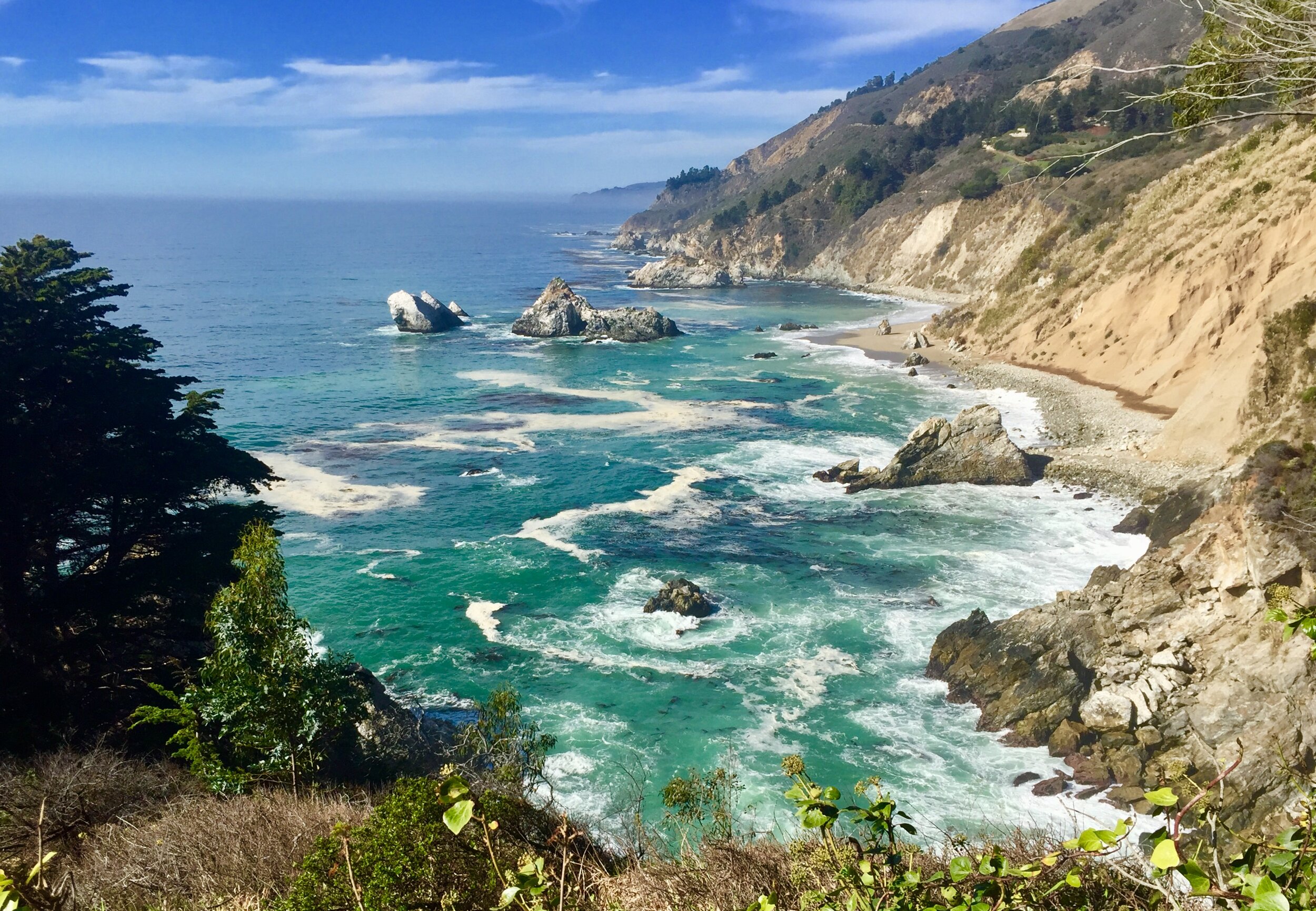
Protecting southern sea otter habitat
What’s at stake
The most recent review of the southern sea otters’ threatened listing under the Endangered Species Act reconfirmed that, without intervention, existing habitat protections for the sea otter are insufficient. One of the principal threats to the southern sea otter’s recovery remains a lack of available habitat, exacerbating the otters’ risk to devastation from an oil spill, predation, or disease. Protecting habitat has long been seen as a pillar of conservation, which is of utmost importance to sea otters.
Our solutions
Defend critical habitat
The Otter Project seeks the complete protection of the southern sea otter through critical habitat designation for this vital, keystone species. The southern sea otter’s range currently encompasses 10% of the sea otter’s historic range. Such imposed resource limitation and habitat restriction burdens the recovering, keystone species and places the otter at immediate risk of devastation from just one oil spill, competition with human recreators, and anthropogenic-generated environmental stressors.
Enhance marine protected areas
Marine Protected Areas are legally protected underwater state parks. In 1999 California passed the Marine Life Protection Act (MLPA), mandating the creation of a network of Marine Protected Areas along the California Coast. The effort to implement the MLPA took years, but it was worth the wait! The Central Coast Marine Protected Area (MPA) covers from Pigeon Point (San Mateo County) south to Point Conception (Santa Barbara County). Establishing the MPA required convening a lengthy and thorough stakeholder process, in which conservationists, fishermen, divers and scientists came together to develop a network of MPAs that met clear scientific guidelines.
The Otter Project saw the MLPA as an opportunity to further the shared goals of sea otter recovery and marine conservation. We devoted a substantial amount of time to furthering the conservation values of the MLPA. The result was a stronger network of reserves and conservation areas running throughout the core of the sea otter range.
MPAs vitally promote open access. People can swim, dive, walk, and boat through MPAs. Additionally, MPAs benefit fisheries. Enabled to thrive, the increased fish populations inside the reserve spill-over into the neighboring areas outside of the reserve. For example, a 2021 study found that, after 6-years, spill-over from MPAs led to a 225% increase in total catch in the spiny lobster fishery in southern California despite a 35% fishing area reduction.
MPAs work—there’s no question about it. They result in healthier ecosystems and allow for a greater abundance of fish species. Protecting these special places is an urgent, long-term investment in California’s future. Today California’s MPAs comprise the largest network of MPAs in North America and one of the largest in the world.
When the central coast MPAs were first established, one of the concerns was that the protections would be difficult to enforce. To study how MPAs were being used, and whether regulations were being respected, The Otter Project founded MPA Watch. To date volunteers have submitted 32,687 surveys. Surveys inform the management, enforcement, and science of California’s MPAs and allow us to see how human uses are changing as a result of MPA implementation.
Next year (2022), a decadal management review will occur regarding all areas of MPA network management including but not limited to ecological, socioeconomic, and enforcement data. The review will include a scientific evaluation, public scoping meetings, and panel discussions which will lead to improvements in MPA management and protections. We will be instrumental in the public process that guides California Fish and Game Commission’s adaptive management actions coming out of the decadal review.
Safeguard the Monterey Bay National Marine Sanctuary
The Monterey Bay National Marine Sanctuary (MBNMS) stretches for 276 miles along the central coast from San Francisco to Cambria. This “Serengeti of the Sea” is home to pristine beaches, jewel-like tide pools, lush kelp forests, steep canyons and an offshore seamount teaming with wildlife. The Otter Project safeguards the Sanctuary through environmental monitoring and education and outreach programs designed to preserve, protect, and promote increased public access to California’s state treasure. Ensuring water quality and climate resiliency through environmental monitoring, The Otter Project guarantees the Sanctuary remains pristine. And by facilitating marine debris clean-ups, responsible recreating, and education programs we promote the California public’s interaction with the Sanctuary.
Stop Oil Spill Devestation
One large oil spill will wipe out the entire population of southern sea otters. Past accidents demonstrate the prevailing threat to the California coast and its invaluable resources. For example, it is estimated that several thousand sea otters died in the Exxon Valdez oil spill, a number at least equaling and probably exceeding the present size of the California sea otter population. The Otter Project is working to minimize the risk of an oil spill occurring by advocating for the management of vessel traffic in established vessel lanes. So far, the lanes, which have been recognized by the International Maritime Organization, are voluntary, and anecdotal evidence suggests that they are not being followed.





